

New Model House in Kanagawa Promotes Reuse of Vintage Materials for Sustainable Living
A Step Towards Sustainable Living: The Opening of a New Model House in Kanagawa
On May 31, designated as "Old Lumber Day" in Japan, a new model house has opened in Kaisei Town, Kanagawa Prefecture, showcasing the innovative use of reclaimed materials sourced from vacant traditional houses. This initiative is part of a broader effort by the General Incorporated Association for the Revitalization of Old Houses (Zenkoku Kominka Saisei Kyokai) to promote sustainable living and environmental consciousness.
The Significance of Old Lumber Day
Old Lumber Day was established by Aesthetics Japan to highlight the necessity of creating a low-impact circular society through the use of old lumber as a building material. The primary aim is to provide new life to lumber that has been removed from old buildings while contributing to effective use of wood resources. This concept is pivotal for forest conservation, CO₂ reduction, and waste minimization. Further, by utilizing vintage materials in construction, it aids in preserving local culture and history.
Introducing the Kataritsugi Project
Real estate company Odakyu Real Estate is spearheading the "Kataritsugi" project, aimed at incorporating ethical consumption into housing choices. The new model house, featuring parts from a 160-year-old farmhouse in Agamachi, Niigata Prefecture, serves as the project's first showcase. The aim is not only to repurpose high-quality old houses along the Odakyu train line but also to pass on the essence of traditional living to future generations.
The Role of Ethical Consumption
The Kataritsugi project emphasizes the storytelling behind traditional buildings, thus promoting ethical consumption that invigorates local economies and aids environmental protection. Odakyu Real Estate will oversee the model house operations while collaborating with the national association to provide support for construction companies utilizing reclaimed wood and assist in land brokerage and sales.
Carbon Storage and Environmental Impact
By incorporating reclaimed wood into construction, the model house significantly contributes to waste reduction and CO₂ emission suppression. The total carbon storage capacity of the reclaimed wood used in this model house equates to that of approximately 41 cedar trees, as indicated by the Ministry of Agriculture, Forestry and Fisheries guidelines.
Details of the Model House
- - Location: 3-2-3 Minami, Kaisei Town, Ashigarakami District, Kanagawa
- - Land Area: 245.6m²; Building Area: 130m²
- - Structure: Wooden single-story building (treated as a wooden two-story structure under construction standards)
- - Website: Kataritsugi Project
Addressing Vacant Houses and Material Reuse
The 2023 housing and land statistics report that Japan has reached a record high of approximately 9 million vacant houses, with a vacancy rate of 13.8%. This increase necessitates proper management as many of these houses contain reusable materials. The association is committed to initiatives focusing on the reuse of building materials from these vacant properties.
Challenges in Reusing Old Lumber
the reuse of old lumber has historically faced several challenges:
1. Difficulty in Ensuring Stable Supply: By storing and processing materials from dismantled old houses in nearby lumber warehouses, stable supplies can be maintained.
2. Large Storage Space Requirements: Utilizing abandoned warehouses for storage helps secure necessary space.
3. Trust in Strength and Quality: Quality inspections after lumber extraction, including measurements for Young's modulus and moisture content, ensure the reliability of the materials. Moreover, the NFT implementation slated for 2025 will guarantee the history of the reclaimed lumber.
Join the Movement
The General Incorporated Association for the Revitalization of Old Houses seeks businesses committed to the reuse of vintage materials. This initiative emphasizes the goal of establishing a sustainable circular construction society for future generations. The association was founded in February 2011 and operates out of Tokyo's Chiyoda Ward.
For more information on the project or to get involved, visit Zenkoku Kominka Saisei Kyokai.

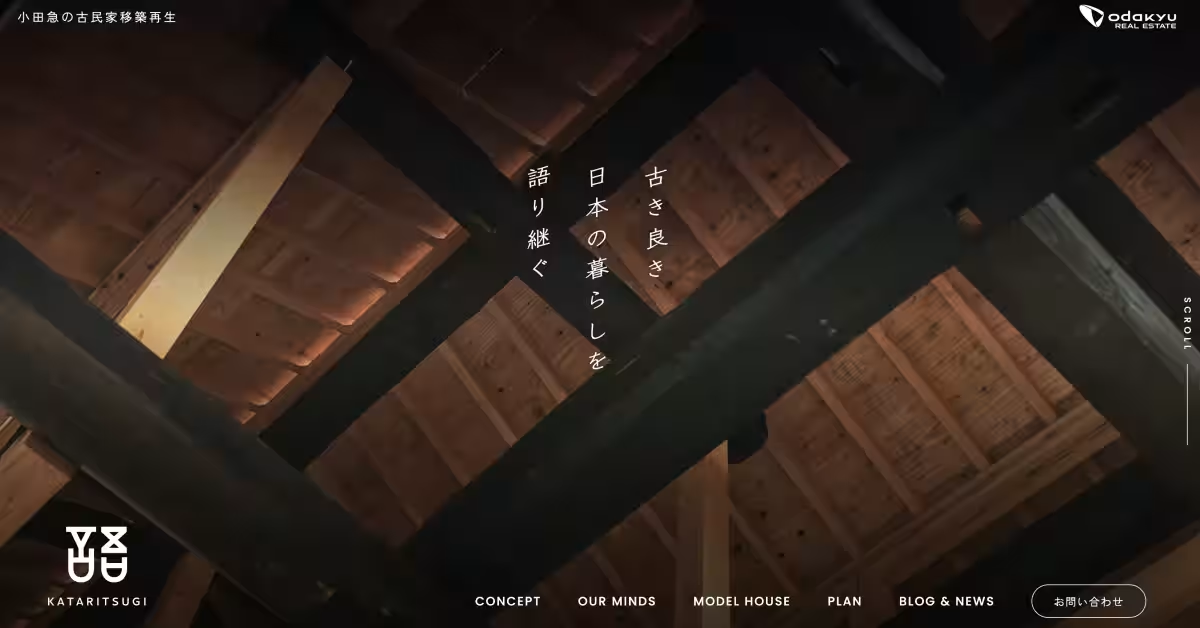
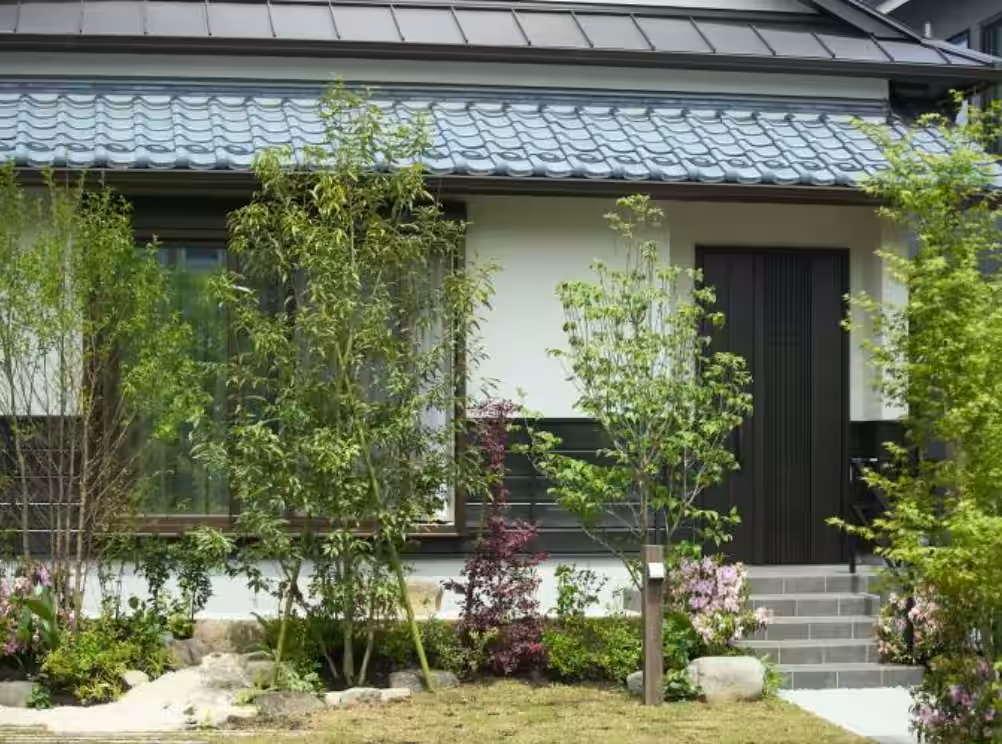
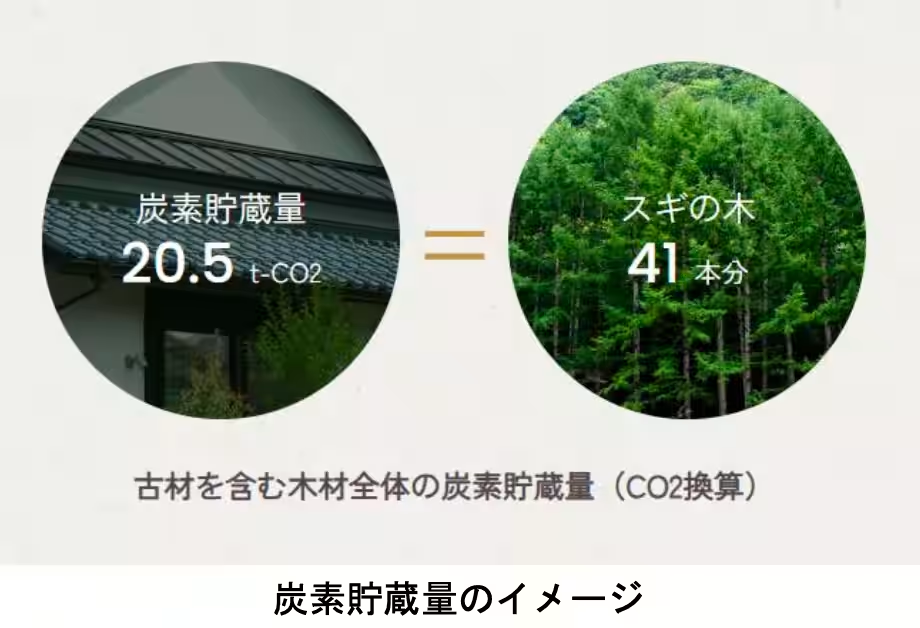
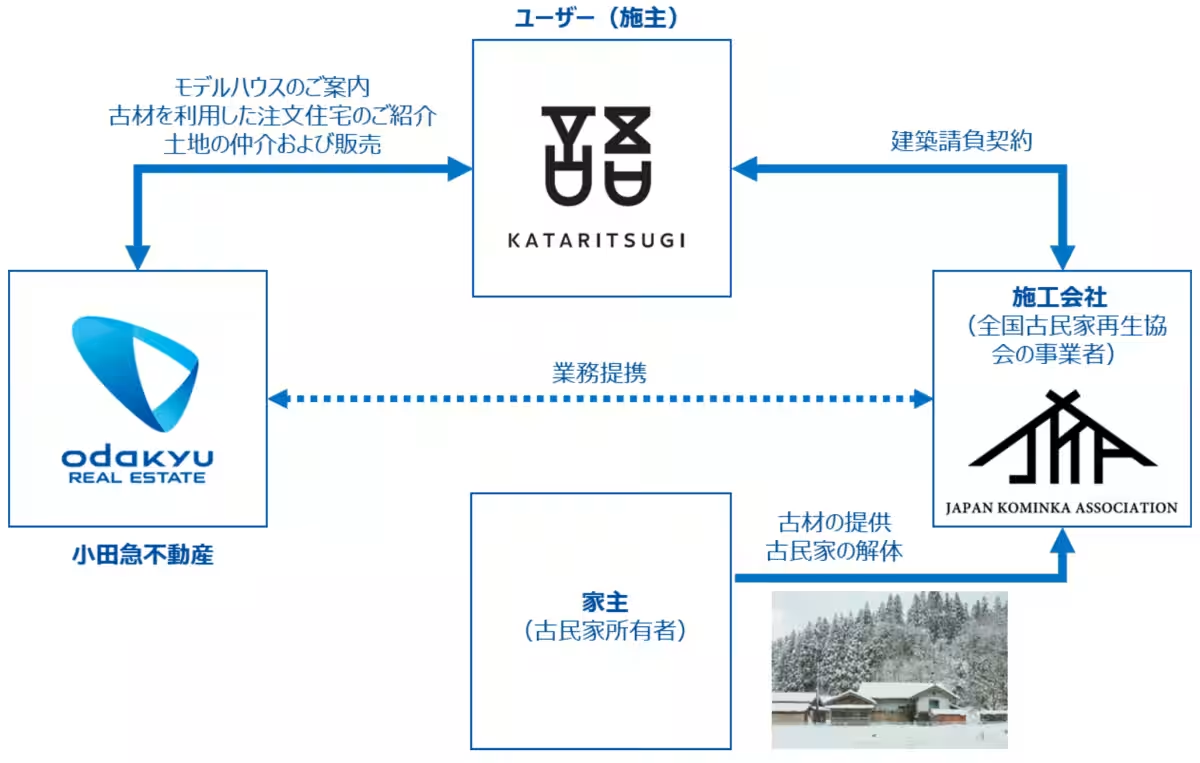

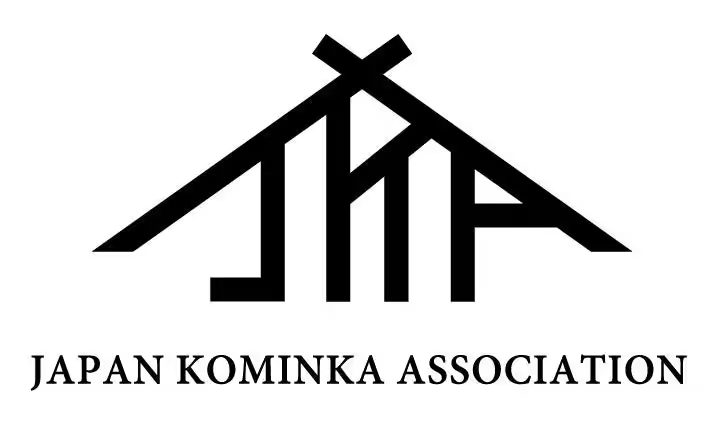
Topics Consumer Products & Retail)










【About Using Articles】
You can freely use the title and article content by linking to the page where the article is posted.
※ Images cannot be used.
【About Links】
Links are free to use.